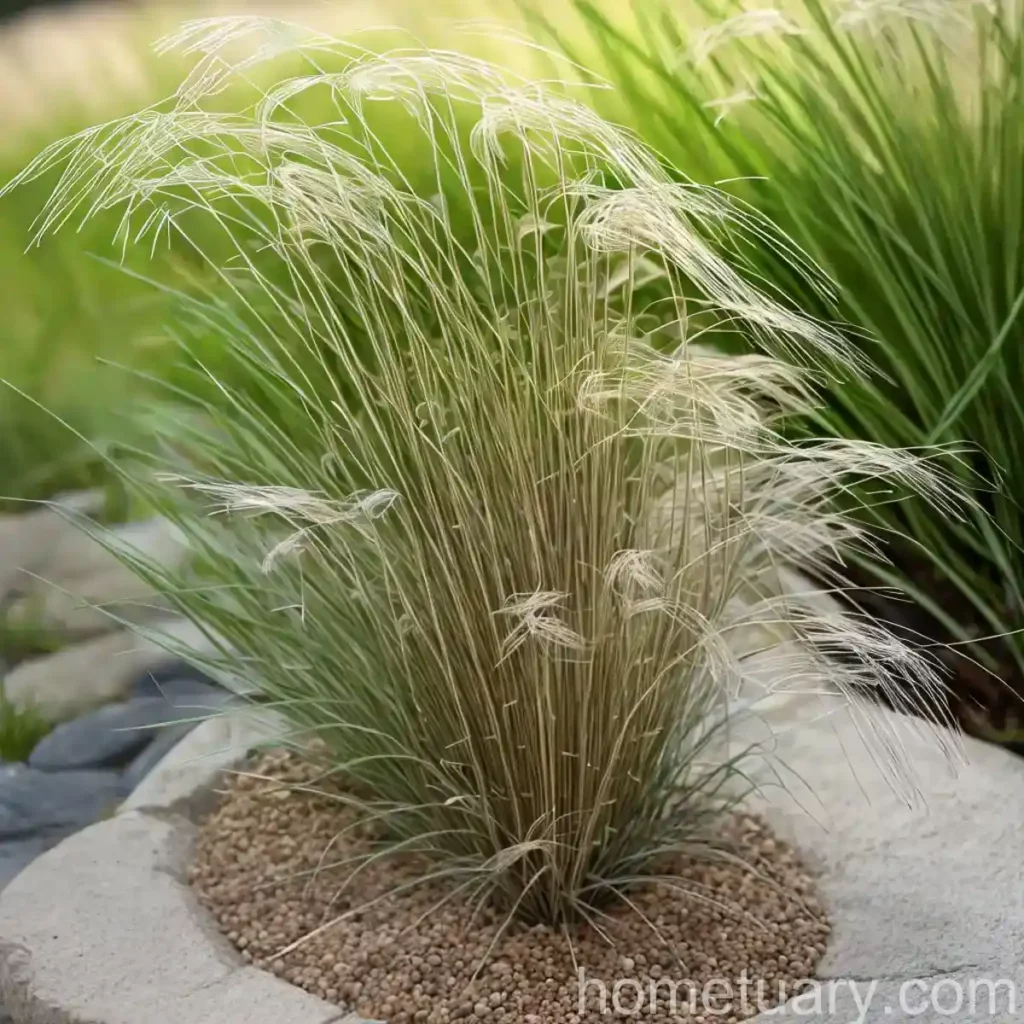Corkscrew Rush (Juncus effusus f. spiralis ‘Unicorn’)
Corkscrew rush, scientifically known as Juncus effusus f. spiralis ‘Unicorn’, is a unique and captivating plant that adds an intriguing element to any garden or landscape. Its distinctive corkscrew-shaped foliage makes it a popular choice for ornamental purposes, and its adaptability to various growing conditions makes it an attractive option for both novice and experienced gardeners. In this comprehensive guide, we will delve into the various aspects of corkscrew rush, including its culture, uses, maintenance, and more.
What is Corkscrew Rush?
Corkscrew rush, Juncus effusus f. spiralis ‘Unicorn’, is a perennial grass-like plant belonging to the Juncaceae family. It is known for its spiral or corkscrew-shaped stems and bright green foliage, which sets it apart from other plants in the garden. This unique feature makes it a popular choice for both indoor and outdoor decorative plantings.
Key Takeaways – Corkscrew Rush (Juncus effusus f. spiralis ‘Unicorn’)
Before diving into the specifics of corkscrew rush, let’s uncover the key takeaways of this fascinating plant:
- Scientific Name: Juncus effusus f. spiralis ‘Unicorn’
- Other Names: Corkscrew rush, Unicorn corkscrew rush, Spiral rush plant, Juncus effusus ‘Unicorn’
- Growth Pattern: Perennial
- Foliage: Corkscrew-shaped bright green stems
- Uses: Ornamental purposes, landscaping, container gardening
- Maintenance: Low-maintenance, requires regular watering and partial to full sunlight
Now, let’s explore the various aspects of corkscrew rush in detail.
Culture
Water
Corkscrew rush thrives in consistently moist or wet conditions. It is particularly well-suited for planting along ponds, streams, or in water features where the soil is consistently damp. When cultivating corkscrew rush in containers or garden beds, it is essential to ensure that the plant receives an adequate water supply, especially during hot and dry periods.
Sunlight
In terms of sunlight requirements, corkscrew rush performs best in partial to full sun. It can tolerate some shade but tends to exhibit more vibrant growth and maintain its characteristic corkscrew shape when exposed to ample sunlight.
Fertilizer
Corkscrew rush is not particularly demanding when it comes to fertilizer. A balanced, all-purpose fertilizer can be applied sparingly in the spring to promote healthy growth. However, it is essential to avoid over-fertilization, as this can lead to excessive soft growth and compromise the plant’s structural integrity.
Soil
The plant is adaptable to a range of soil types, including loamy, sandy, or clay soils, as long as they retain moisture without becoming waterlogged. When grown in containers, a well-draining potting mix or a soil blend with sufficient organic matter is recommended to maintain adequate moisture levels.
Pruning
Corkscrew rush typically does not require extensive pruning. However, removing any damaged or withered stems can help maintain the plant’s overall appearance. Additionally, trimming back any overly vigorous growth can prevent crowding and promote healthy, balanced foliage development.
Propagation
Corkscrew rush can be propagated through division or by planting seeds. Division is the preferred method and is typically done in early spring. When dividing the plant, it is crucial to ensure that each division has a healthy portion of the root system attached to facilitate successful establishment.
Container Popularity
Due to its adaptability to moist conditions and relatively low maintenance requirements, corkscrew rush is a popular choice for container gardening. Its unique form and striking appearance make it an excellent addition to patio containers, water gardens, or decorative planters.
Common Diseases
Corkscrew rush is relatively resistant to diseases, particularly when grown in suitable conditions. However, overwatering or poor drainage can lead to root rot and other fungal issues. Ensuring proper moisture levels and adequate air circulation can help prevent the occurrence of such problems.
Disease Diagnosis
Identifying diseases in corkscrew rush primarily involves observing changes in foliage color, texture, or overall plant vigor. Yellowing or browning of the foliage, coupled with wilting or stunted growth, may indicate underlying disease issues. Additionally, inspecting the plant’s root system can provide insights into potential root rot or fungal infections.
Common Pests
Corkscrew rush is generally not highly susceptible to pest infestations. However, it may occasionally attract certain pests such as aphids, spider mites, or slugs. Regular monitoring of the plant and prompt intervention, if necessary, can help mitigate pest-related issues.
Botanist’s Tips
- When planting corkscrew rush in containers, consider using a decorative planter that complements the plant’s unique form and foliage, enhancing its visual impact.
- Avoid planting corkscrew rush in areas with compacted or poorly drained soil, as this can lead to waterlogging and root damage.
- When propagating corkscrew rush through division, ensure that each new division has a sufficient portion of healthy roots to support successful establishment.
Fun Facts
- The corkscrew-shaped stems of Juncus effusus f. spiralis ‘Unicorn’ serve as an evolutionary adaptation to minimize water retention on the plant’s surface, thereby reducing the risk of water-related damage or disease.
- The plant’s unique appearance and texture make it a popular choice for contemporary landscape designs and modern garden settings.
Links to External Resources
To further explore the world of corkscrew rush and enhance your knowledge about this intriguing plant, consider referring to the following external resources:
- Royal Horticultural Society – Juncus effusus f. spiralis
- Missouri Botanical Garden – Juncus effusus
- University of Florida IFAS Extension – Corkscrew Rush
Conclusion
Corkscrew rush, with its captivating corkscrew-shaped foliage and adaptability to various growing conditions, is a remarkable addition to any garden or landscape. Its low-maintenance nature and eye-catching appearance make it a preferred choice for ornamental plantings, container gardening, and water features. By understanding and implementing the recommended cultural practices, maintenance tips, and propagation techniques, you can enjoy the beauty and uniqueness of corkscrew rush in your own outdoor or indoor space. Whether used as a standalone focal point or incorporated into larger landscape designs, this impressive plant is sure to leave a lasting impression with its distinctive form and visual appeal.















